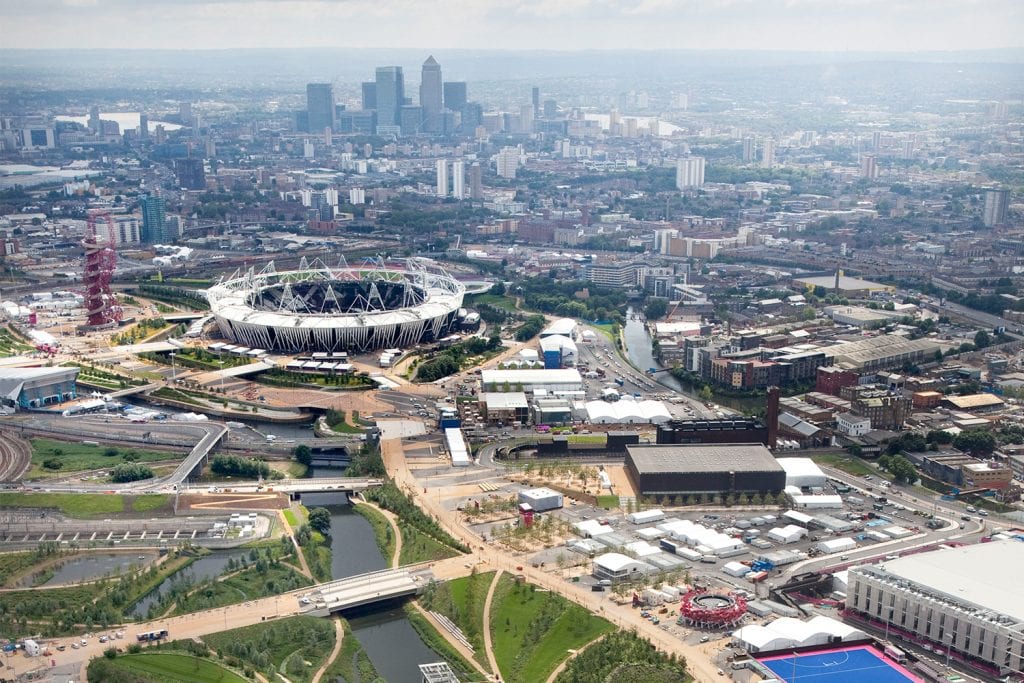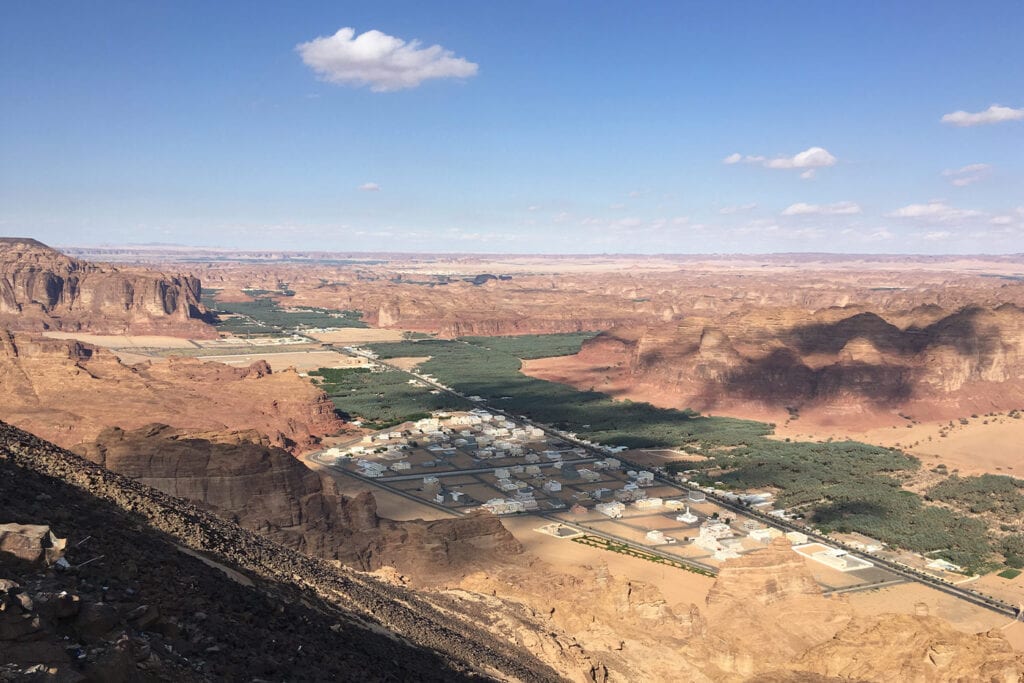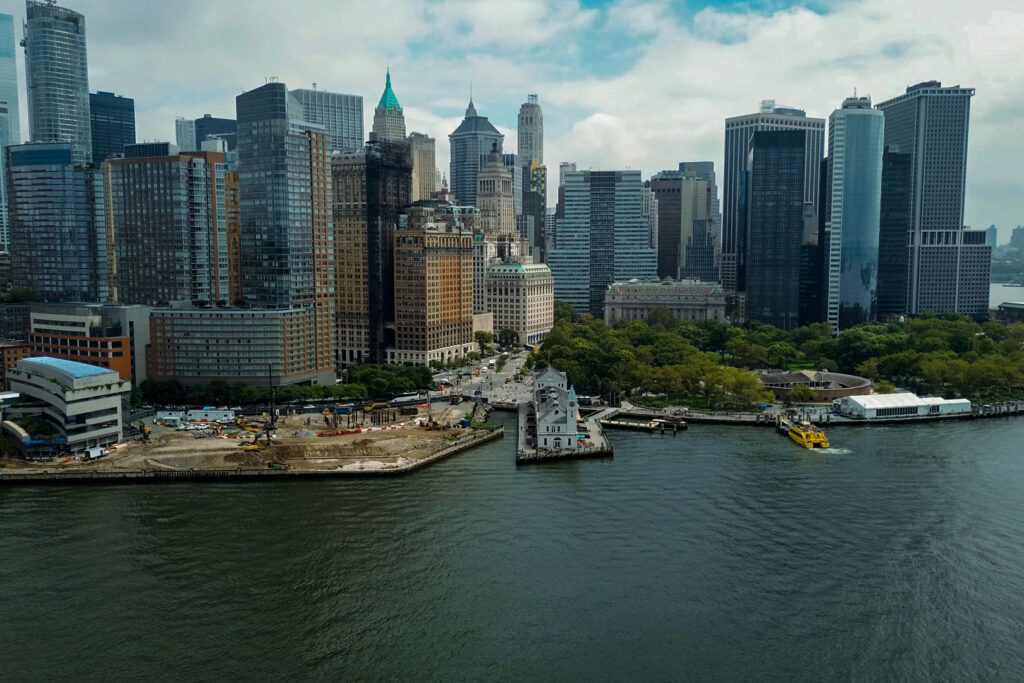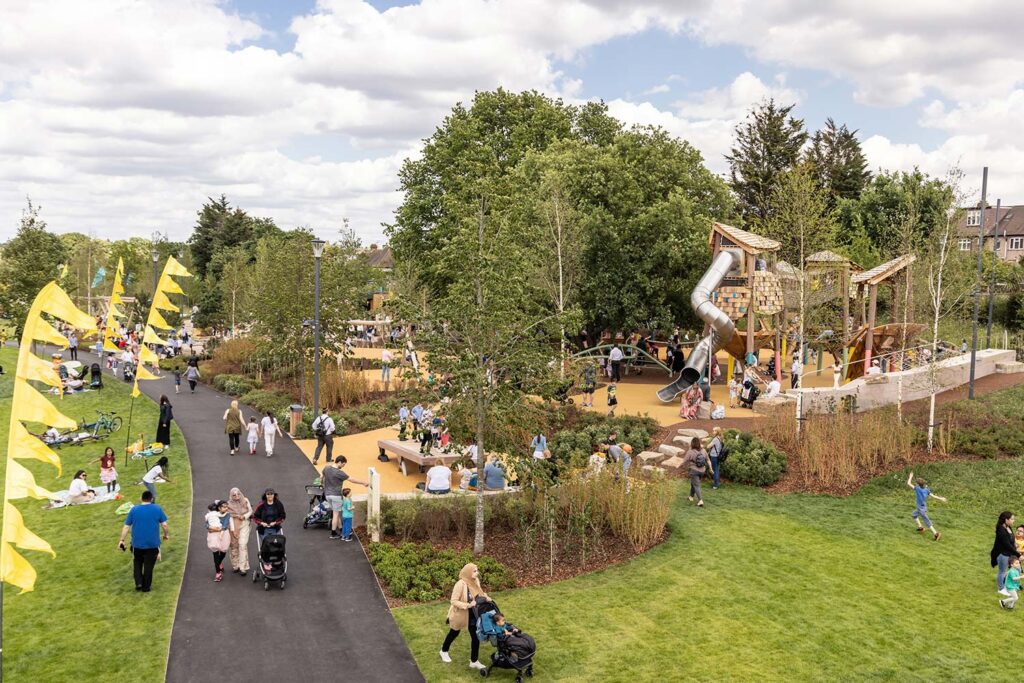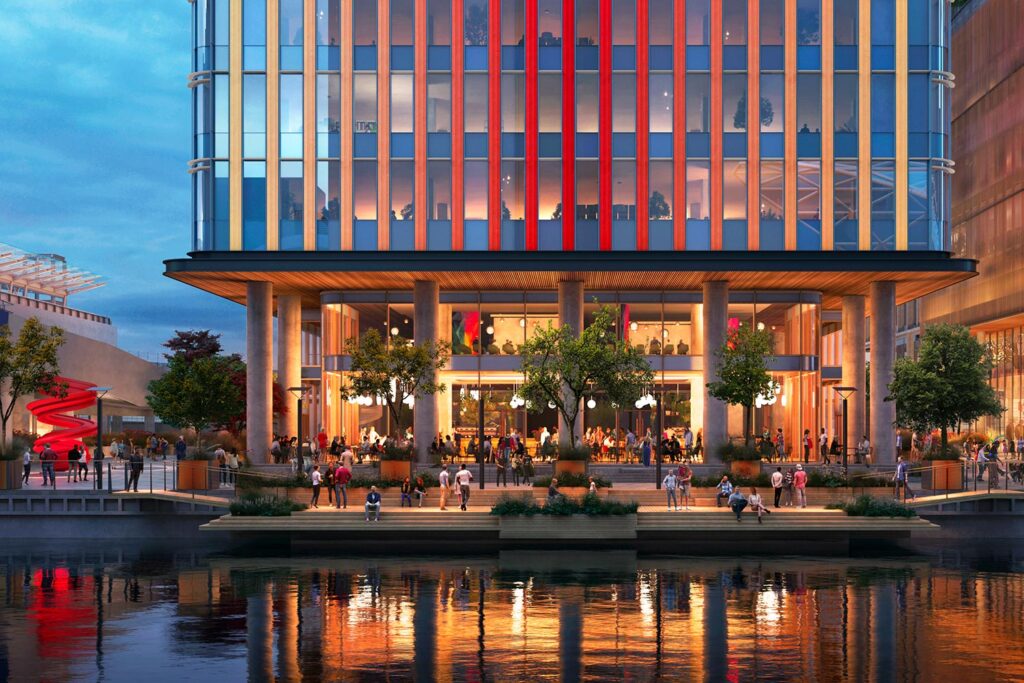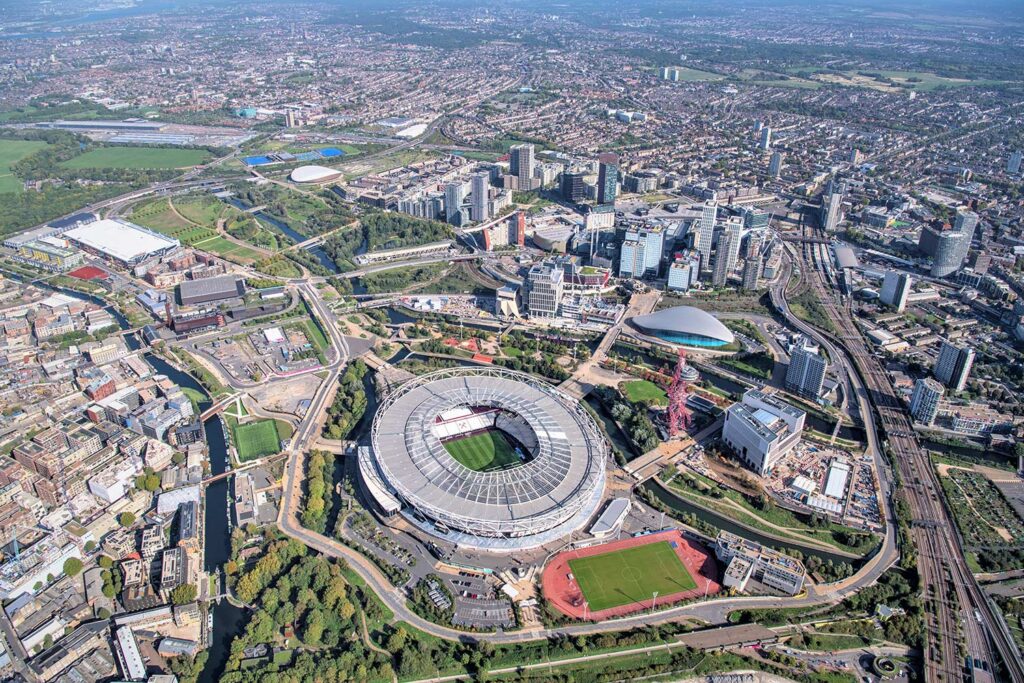
Queen Elizabeth Olympic Park – Water resource and flood risk management
London, UK
Project details
Client
London Development Authority (LDA), Olympic Delivery Authority (ODA), LOCOG & London Legacy Development Company (LLDC)
Duration
2005 – ongoing
Services provided by Buro Happold
Advisory, Asset optimisation and commercial advisory, , Water
The London 2012 Olympic and Paralympic Games was the catalyst for a major regeneration of the Stratford district of east London. Our broad, multidisciplinary teams worked on many different elements of the creation of the former Olympic Park, including working on London Stadium, as well as on the site’s redevelopment and ongoing legacy after the games
From the first masterplanning stages of the London 2012 Games, Buro Happold has taken the lead for all strategic water resource and flood risk management for Queen Elizabeth Olympic Park. With water flowing from the Chilterns, the River Lea is the easternmost major tributary of the River Thames. As far back 895AD the complex water courses and marshland across the site, where the Lea meets the Thames, were used strategically, with Alfred the Great diverting the course of one of the waterways to scupper a Danish raiding party.
Challenge
More than a thousand years on, and the site remains complex and was a strategically challenging location to develop. It was riven with natural rivers, streams and inlets, as well as a number of man-made canals, drains and water channels. Before this part of Stratford could be fully developed as the site for the 2012 Olympics and Paralympics, the water and flood risk management strategy had to be carefully considered.
Buro Happold’s team of water engineering experts was therefore one of the first of the scores of consultant teams who would go on to work on elements of the Olympic project and its legacy. We continue to provide ongoing support as a trusted advisor on managing the water systems and flood risk of the site today.
To enable the Park to be fully developed, the flood risk management strategies would need to be some of the most efficient and impactful in the UK. With a site that spreads across more than 500 hectares, our team was able to tackle the challenges at a broad district scale – allowing truly ambitious and impactful interventions to be developed.

Solution
Our responsibilities have included developing a surface water drainage strategy, strategic water resource management, a Waterspace Masterplan and flood risk management.
We carefully assessed this complex site and defined a Design Flood Event (DFE) risk frequency goal for the project of one in 100 years, an event that has a 1% chance of occurring each year. Further resilience was added to the flood mitigation proposals by including a further allowance of 20% for the likely impacts of climate change. This project was one of the first in the UK to incorporate climate change into its DFE flood risk measures.
To achieve the vision of reducing flood risk both on site and off site, a number of significant mitigation measures were introduced across the site. These include the creation of a large area of marsh wetland upstream of the main stadium, which has been designed to act as a large scale attenuation space. This allows the river to effectively “back-up” into these wetlands at times of intense rainfall, thereby reducing the risk of flooding on the Olympic Park. These wetlands provide significant enhancements in terms of water quality and improving the area’s biodiversity. Major reductions in flood risk were achieved by providing a conduit between a major flood route off-site and the River Lea, ensuring that flood water that otherwise would impact the Canning Town area could be conveyed safely within the waterways of Queen Elizabeth Olympic Park.

We worked very closely with the Environment Agency, Canal & River Trust and other organisations to develop these kinds of large-scale interventions, not only to reduce flood risk, but also to ensure the measures provide other benefits in terms of improved water quality, habitat creation, enhanced public realm and leisure.
Many of the existing water courses were not in good condition – often with hard concrete edges, which we removed and replaced with naturalised riverbanks, which enhance habitat, biodiversity and visual amenity.
Surface water drainage strategies on the Olympic Park development itself had to consider a number of complexities. While major soil remediation works had taken place to counter the centuries of industrial usage, it was still considered advantageous to avoid infiltration drainage into the soil where possible, to mitigate against mobilising any remaining contaminants. Instead, swales and drainage networks remove stormwater run-off as quickly and efficiently as possible to the edge of the River Lea and the Thames beyond, ahead of the peak river flows coming from the Chilterns upstream.
Our approach to water resource management resulted in savings in potable water of more than 40% when compared to a traditional water supply strategy. This included delivering technical advice across the development on aspects such as low-flow toilet flushing and taps. Our demand reduction measures also influenced the use of non-potable onsite water for elements such as irrigation and cooling. The water strategy provided support for Thames Water with the development of the pilot Old Ford Blackwater Recycling Plant. This was a research project that looked at the scope of removing wastewater from Joseph Bazalgette’s 1860’s foul mains and cleaning it on site to a sufficient standard for non-potable uses, such as irrigation.

Value
Queen Elizabeth Olympic Park is a great example of sustainable engineering and enhanced blue-green infrastructure. The Waterspace Masterplan ensured that the waterways define the unique experience of the park and provide maximum value in terms of flood risk management, ecology, navigation, recreation, leisure and education.
Buro Happold’s team of experts continue to manage flood risk across the Queen Elizabeth Olympic Park and has delivered six park-wide, cumulative flood risk assessments (FRAs) and more than 150 smaller, individual FRAs for specific planning applications for individual design changes since 2005. The imaginative and efficient mitigation measures identified by our team have reduced flood risk for more than 4,000 properties, adding security and value in terms of legacy. Furthermore, in building close working relationships with the principal stakeholders we have ensured that every one of the FRAs was approved ahead of the formal planning process, providing major benefits for the client in terms of risk management.
